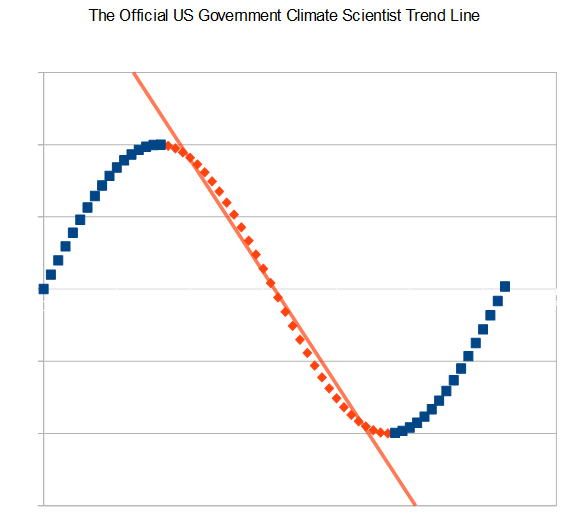If you are a government or academic climate scientist, you can (and will) use a variant of this trend line for graphing any and all climate phenomena.
Disrupting the Borg is expensive and time consuming!
Google Search
-
Recent Posts
- Fact Checking The New York Times
- New Visitech Features
- Ice-Free Arctic By 2014
- Debt-Free US Treasury Forecast
- Analyzing Big City Crime (Part 2)
- Analyzing Big City Crime
- UK Migration Caused By Global Warming
- Climate Attribution In Greece
- “Brown: ’50 days to save world'”
- The Catastrophic Influence of Bovine Methane Emissions on Extraterrestrial Climate Patterns
- Posting On X
- Seventeen Years Of Fun
- The Importance Of Good Tools
- Temperature Shifts At Blue Hill, MA
- CO2²
- Time Of Observation Bias
- Climate Scamming For Profit
- Climate Scamming For Profit
- Back To The Future
- “records going back to 1961”
- Analyzing Rainfall At Asheville
- Historical Weather Analysis With Visitech
- “American Summers Are Starting to Feel Like Winter”
- Joker And Midnight Toker
- Cheering Crowds
Recent Comments
- Bob G on Fact Checking The New York Times
- Bob G on Fact Checking The New York Times
- Bob G on Fact Checking The New York Times
- Bob G on Fact Checking The New York Times
- arn on Fact Checking The New York Times
- conrad ziefle on Fact Checking The New York Times
- arn on Fact Checking The New York Times
- Bob G on Fact Checking The New York Times
- conrad ziefle on Fact Checking The New York Times
- Bob G on Fact Checking The New York Times



Looks like you cherry picked your end points – the actual trend over the last 1.5 cycles is up.
Or maybe 1.25 cycles.
Their trend lines have direct correlation to funding levels.
Surely, that’s the Arctic ice trend line; the grant income trend line and the temperature trend line go the other way.
They usually use the 270° to 90° (4π/3 to π/2) trend with sine functions but a good hockey stick really needs to curve fit the tangent function of 270° to 90°… kind of like NOAA’s “adjustment” trendline.